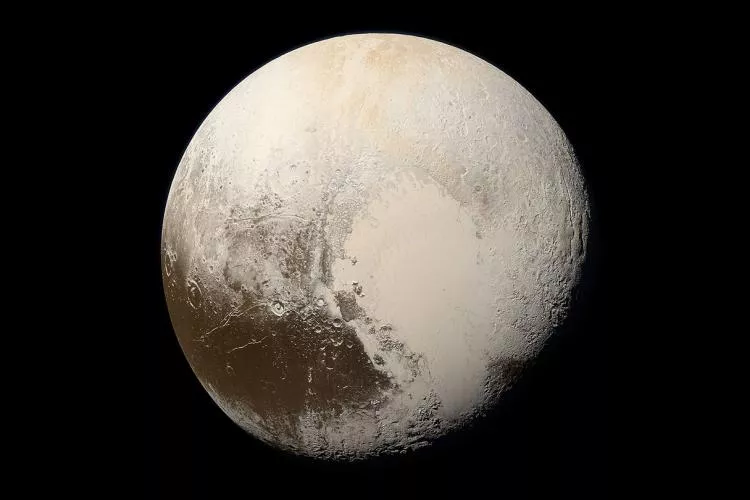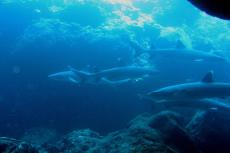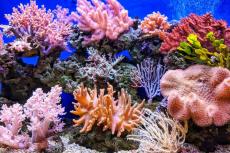Pluto may have a subsurface ocean
Images of Pluto captured by NASA's New Horizons mission have revealed ice volcanoes.
This publication may be thought of as a dive publication by many of our readers but our scope is actually a bit wider. It is really about water and the realm under the surface, and the lifeforms we may encounter there.
So of course we are intrigued and chuffed to learn that subsurface oceans of water may exist even on Pluto. At least, that is what a closer study of photos taken by NASA's New Horizons mission seems to conclude.
A region located southwest of the Sputnik Planitia ice sheet, which covers an ancient impact basin stretching 1,000 kilometres across, is largely made of bumpy water ice and is filled with volcanic domes.
Some of the domes observed in the images merge together to form even bigger mountains. But what could have created them? Ice volcanoes, according to Kelsi Singer, a senior research scientist at the Southwest Research Institute in Boulder, Colorado and lead author of the study.
Ice volcanoes have been observed elsewhere in our solar system. They move material from the subsurface up to the surface and create new terrain. In this case, it was water that quickly became ice once it reached the frigid temperatures of Pluto's surface.
Singer told AFP it was difficult to pinpoint exactly when the ice volcanoes were formed "but we believe they could be as young as a few hundred million years or even younger—which is young geologically speaking."
These findings will cause us to re-evaluate the possibilities for the maintenance of liquid water on small, icy worlds that are far from the Sun.
Lynnae Quick, NASA's Goddard Space Flight Center




























